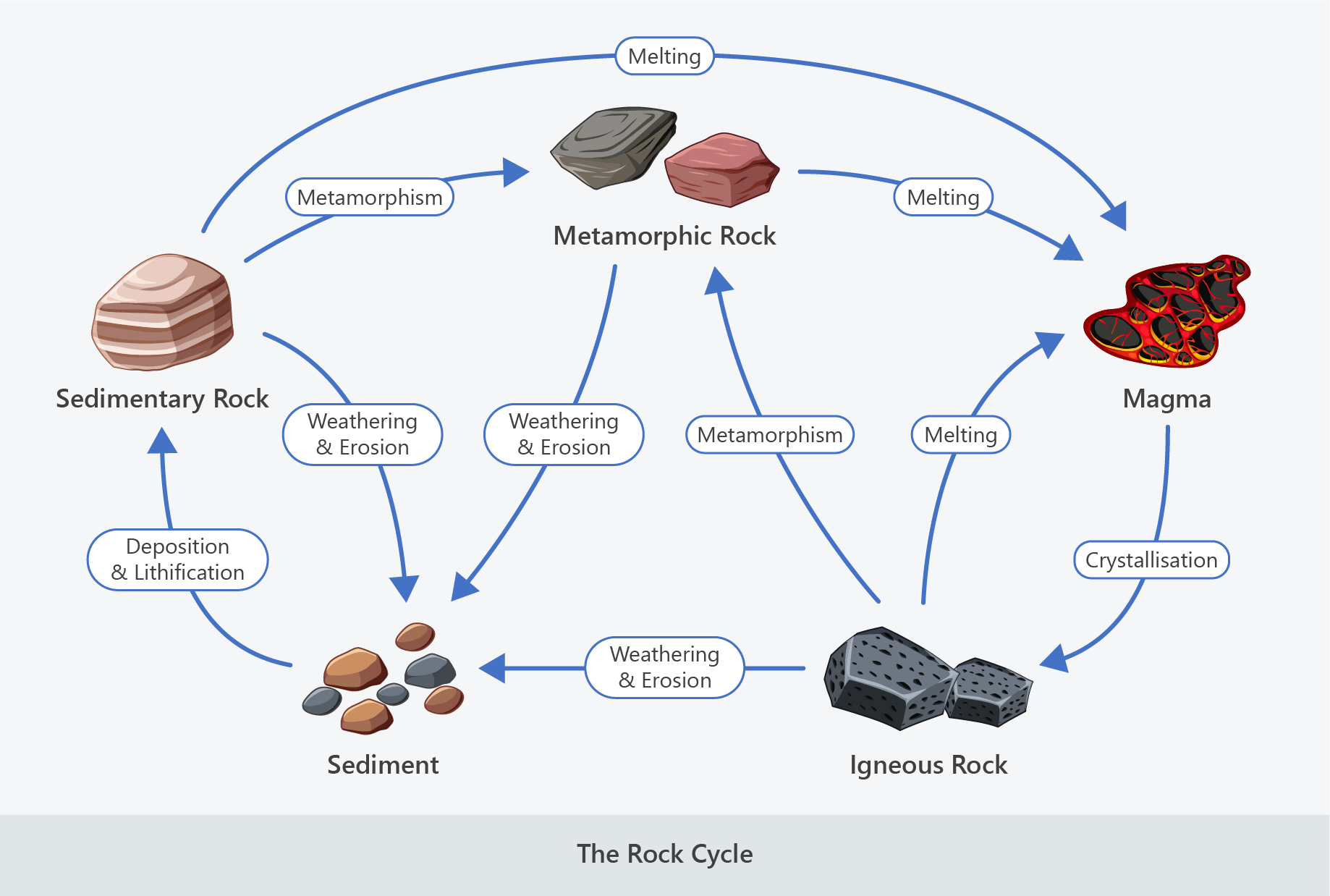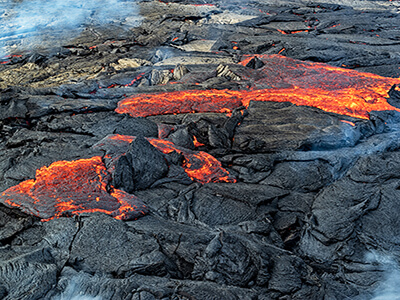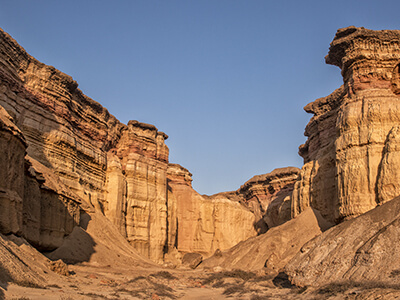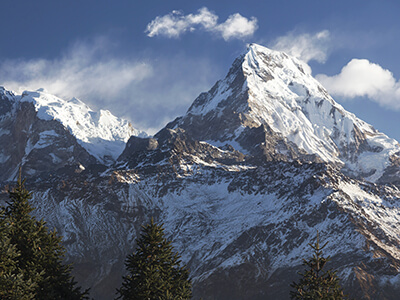3 | The Rock Cycle
The Rock Cycle
- Rocks are constantly changing as a result of natural processes.
- Most of these processes, such as the formation of sedimentary rock, take place gradually, often occurring over millions of years, while events such as volcanoes and earthquakes occur over much shorter periods of time.
- Many of the processes that alter rocks occur deep beneath Earth’s surface. These include the melting of rock to form magma, the formation of sedimentary rock and the formation of metamorphic rock.
- Some processes, such as weathering and erosion, occur on Earth’s surface, and others, such as the formation of igneous rock, can occur on or below Earth’s surface.
- As a result of these geological processes minerals continuously transition through the three main rock types – igneous, sedimentary and metamorphic. These processes and changes are collectively referred to as the rock cycle.
- The rock cycle is summarised in the diagram below. Each arrow represents a specific process of combination of processes.

The rock cycle is a series of geological processes that represent transitions between igneous, sedimentary and metamorphic rocks.
(Images: blueringmedia, Adobe Stock)
- The key processes involved in the rock cycle are:
- Melting – the formation of magma.
- All three rock types can melt to form magma (molten rock) if buried deep enough and subjected to high temperatures from Earth’s interior.
- Crystallisation – the formation of igneous rock.
- When molten rock cools, it crystallises to form igneous rock.
- Weathering and erosion – the formation of sediments.
- All three rock types undergo weathering – physical and chemical breakdown into smaller pieces known as sediments. These sediments are then eroded – transported to another location – by the action of wind, water, ice and gravity.
- Deposition and lithification – the formation of sedimentary rock.
- When eroded sediments are deposited in a new location and subjected to high pressure, they can form sedimentary rock as sediments are compacted and cemented together – a process known as lithification.
- Metamorphism – the formation of metamorphic rock.
- When igneous and sedimentary rocks are subjected to high pressure and/or high temperature (without melting) they undergo changes in their structure that transform them into metamorphic rocks – a process known as metamorphism. Metamorphic rocks can also transform into other types of metamorphic rocks when subjected to increased pressure and temperature.



The rock cycle includes a variety of natural processes.
(Images: luigimorbidelli, Adobe Stock; silvapinto, Adobe Stock; Autumn Sky, Adobe Stock)
Quizzes

